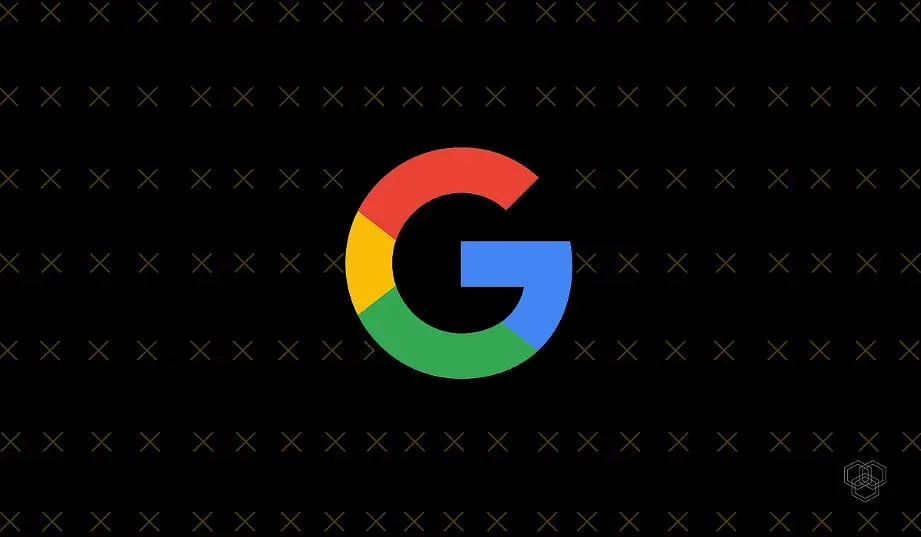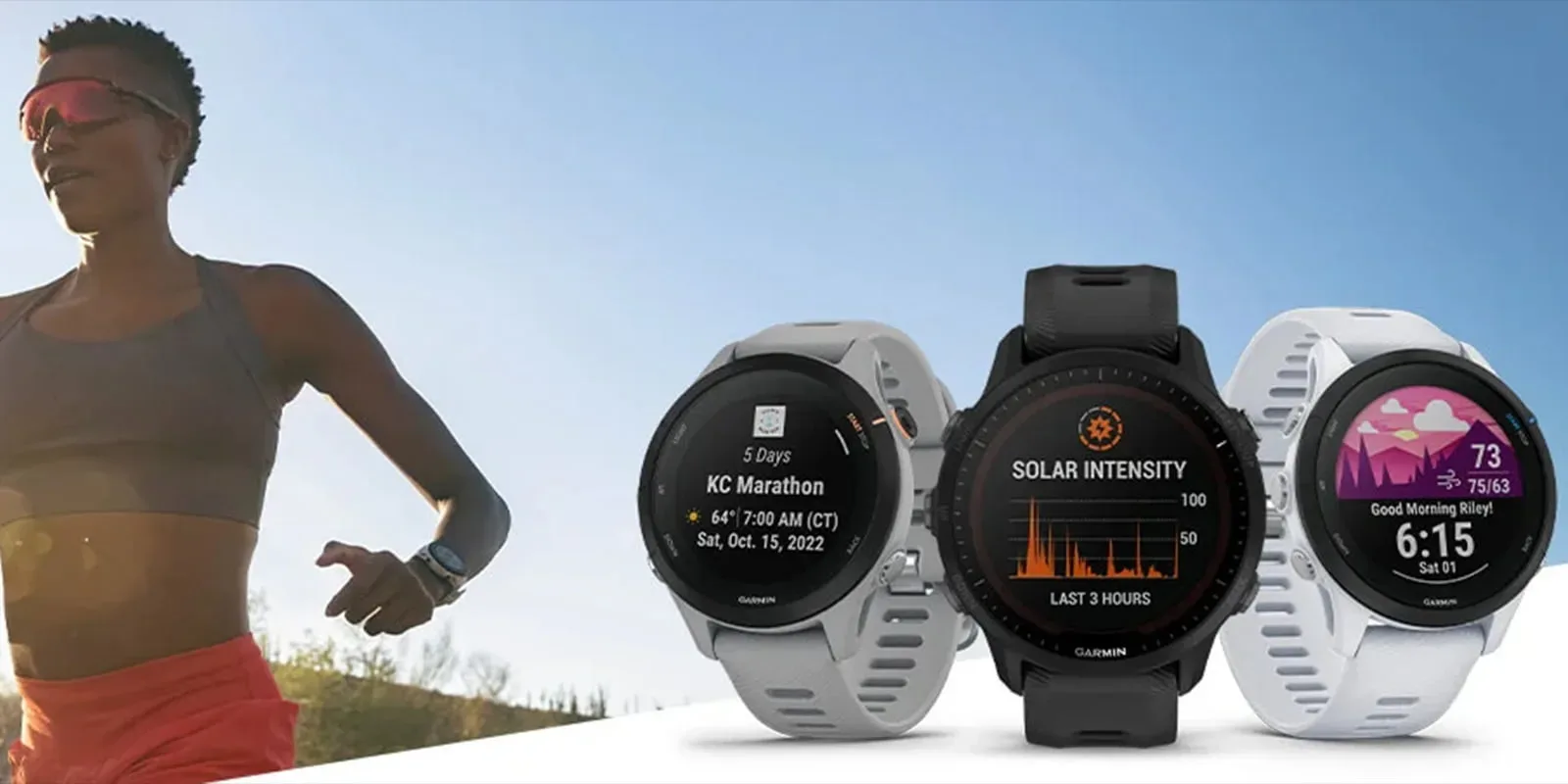Google has been working on Project Soli since 2015. The technology will enable smartphones to pick up signals from hand gestures. Companies like Facebook have expressed reservations about Project Soli as the tech might interfere with existing infrastructure, but the FCC has now granted Google permission to move forward.
The project is being managed by Google’s Advanced Technology and Projects (ATAP) team. Project Soli will not only be used in smartphones; it has been cleared for use in aircrafts as well.
The FCC has stated that the radar-based technology carries “minimal potential of causing harmful interference.” US regulatory agencies are still concerned that its use of increased frequency bands and power levels might be injurious to health. But the FCC’s approval means Google will be able to continue to develop the device.
The search engine behemoth says Project Soli is consistent with European Telecommunications Standards Institute guidelines.
Google claims that increasing frequency and power levels will enhance Project Soli’s accuracy and make the technology more versatile. It will be useful for a wide range of applications, including smart watches.
Project Soli will enable users to virtually control their smart devices. Its biggest strong point is its portability.
Hand-controlled motion gesture devices exist in the market already. Some examples are Microsoft Kinect for the Xbox, PS Move for the PS3 or PS4, and Leap Motion for the PC. But all of these devices are bulky and have accessories that users have to hold in their hand.
The team figured out that smartwatches need their own mechanism of control, without having to swipe or physically touch the small screen. Hence Project Soli transforms replaces the physical controls via users’ hands with radar waves that capture their hand gestures.
Project Soli’s is hoping to incorporate some of the gestures users are already making on their smartphones so that they feel natural. They hope that gestures will make users feel more connected to their devices without necessarily having to physically interact with them. This can also be useful to people with mobility issues.
The only downside is these hand gestures will only work with Soli-enabled devices.
The Soli chip works at a 60Ghz radar spectrum at up to 10,000 frames per seconds. The final chip which will contain all the mechanisms needed to make the device into a plug and play, including the antennas.
Not only will the Soli chip assist users in controlling their devices via hand gestures, but it will also help physically impaired users interact with their favorite piece of tech.





Share Your Thoughts